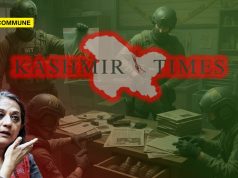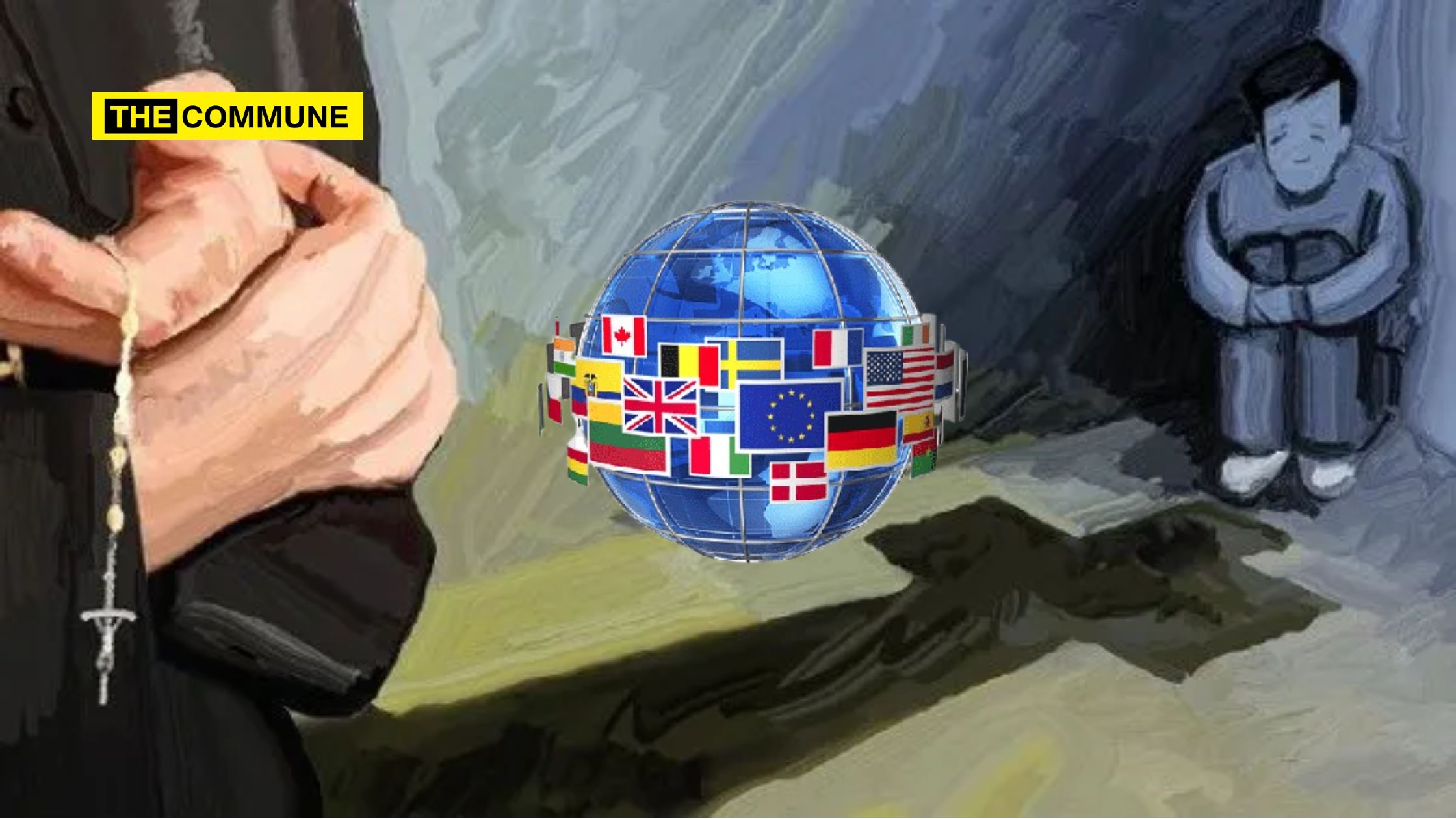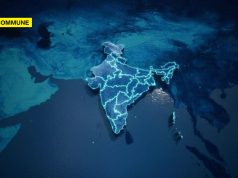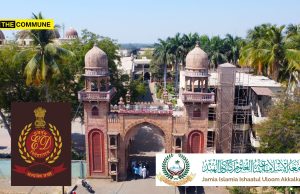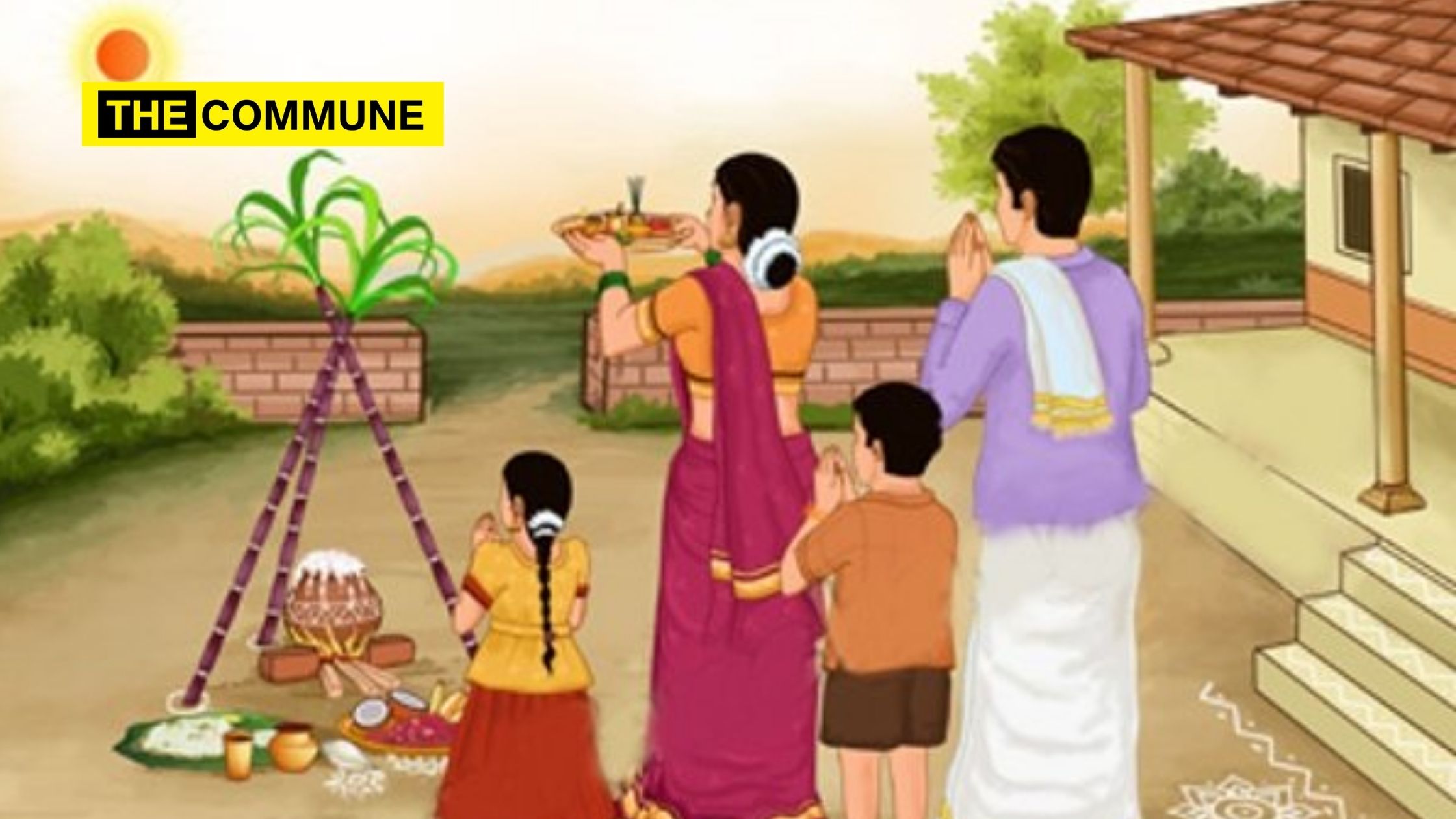
Dakshinayana is the period between the Summer and Winter solstice when the Sun travels towards the south. During this time the Gods and Goddesses are said to be in their sleep. The Uttarayana period is when the Sun starts moving from the south to northern hemisphere. The commencement of Uttarayan marks the Gods waking up and this change, when the Sun’s orientation shift from south to the north hemisphere is celebrated throughout India.
It is the confluence of the Sun with Mesha constellation and is hence called a Sankramana or Sankranti. There are different Puranic stories told to mark the significance of this festival.
The Goddess of misfortune is said to torture cows, the wealth of agriculturalists, and it is said that people were released from her trouble by Shiva. Hence this day is celebrated as a special day for cows, Maatu Pongal.
There is also a Vaishnavite rendering to the story for Maatu Pongal. Lord Krishna had asked for the customary harvest offering to be given to him instead of Indira. When Indira retaliated with rain, Lord Krishna protected his devotees. The Lord also gave an assurance that Bhogi, the day before Pongal would be dedicated to Indra.
Children of Aayarpadi celebrated Krishna’s victory over Kalingan, the King of the Nagas by playing the Parai drum. On Mattu Pongal, calves are released and run in joy in celebration for the rains.
In preparation for the joys of Uttarayanam, people clear out their houses and burn the old stuff. The damage done by rains to houses is repaired.
The last day is Kaanum Pongal, something of a fair to celebrate the harvest and the bounties of nature.
Without these context, one cannot celebrate Pongal, no matter who says what.
And nope, Pongal is not a secular festival but yes it’s a harvest festival and it is for sure a HINDU festival.

